How E-Bike Pedal-Assist Systems Work: Cadence And Torque Sensors
What are the different types of sensors on an e-bike, and what do they do?
We explain what sensors do, the differences between cadence and torque sensors, and how to know which one is right for you.
If you’d like, you can jump ahead and watch our quick video.
Pedal-Assist Systems (PAS) And Throttles
Pedal assistance systems (PAS) enable e-bike riders to enhance the effort they put into pedaling. A rider must be actively pedaling in order to take advantage of the boost that their PAS provides.
Different e-bikes have different levels of pedal assistance, and it’s usually easy to change between modes on your e-bike’s display screen.
.png?v=1662854562215&options=w_600)
A Magnum Bikes display shows PAS level. In this case, the rider is on Eco mode: the lowest level of pedal assistance on Magnum Bikes.
In addition to or instead of PAS, many e-bikes also have throttles. Unlike the PAS, throttles don’t require the rider to pedal in order to provide motor assistance. Instead of pedaling to activate a sensor that engages the motor, riders manually engage the throttle by pressing a button (thumb throttle) or twisting (twist throttle). You can use the throttle while you’re already riding, or you can engage it as you first push off to ride.
In this article, we’re setting the throttle aside to focus on the PAS — and the sensors that allow it to work.
E-bikes with pedal-assist systems (PAS) all operate using sensors. These sensors communicate within your e-bike’s electric system to confirm that you’re already riding and are now ready to ride faster and more easily by using pedal assistance.
There are 2 main types of sensors for e-bikes with PAS: cadence sensors and torque sensors. So what’s the difference?
What Does A Cadence Sensor Do On An E-Bike?
Cadence sensors detect when a rider pedals at any speed — the pedaling action is what activates the pedal-assist system. From there, the level of pedal assistance matches whatever PAS mode the rider has selected on their display.
The experience of a cadence sensor can provide a powerful boost similar to the effect of a throttle — once it kicks on, you can really feel the power of your e-bike’s motor!
If you think of a cadence sensor like a light switch, pedaling is like switching the light on — when you stop pedaling, you switch the light (or pedal assistance) off.
Most Magnum Bikes models have a cadence sensor, but some feature torque sensors instead.
What Does A Torque Sensor Do On An E-Bike?
E-bikes with torque sensors offer pedal assistance that’s more like a traditional bike experience: in order to go faster, you need to pedal harder.
That’s because torque sensors don’t simply detect a pedaling motion. They actually respond to the amount of force you’re pedaling with. So while you still select your pedal-assist mode from your e-bike’s display, torque sensors also adjust the level of assistance within your selected PAS mode based on how hard you’re pedaling.
Pedal casually and receive less pedal assistance; pedal harder and receive more assistance.
Using the light-switch analogy from the previous section, a torque sensor is like a dimmer switch. Once the PAS detects pedaling, you’ve turned the “light” on, but turn the dimmer up or down (more or less assistance) based on the force of your pedaling.
This highly customizable experience can also help preserve your battery and brakes — you won’t suddenly move faster than you mean to and need to alternate between pedal assistance and brakes. That being said, the more intricate technology typically means that e-bikes featuring torque sensors will come at a higher price point.
While most Magnum e-bikes have cadence sensors, a few models feature torque sensors.
Magnum E-Bike Models With Cadence Sensors
Magnum E-Bike Models With Torque Sensors
Torque Sensor Or Cadence Sensor: Which Is Right For Me?
The choice between a cadence sensor and a torque sensor is entirely up to the rider. One isn’t inherently better than the other!
If you favor the more traditional bike experience — pedal harder, go faster — then an e-bike with a torque sensor might be right for you.
If you’d like your PAS to kick in whenever you start riding, even at a slow starting speed, you might prefer the experience of a cadence sensor.
Watch The Video












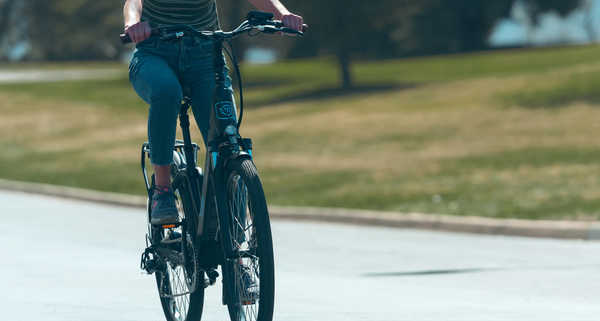

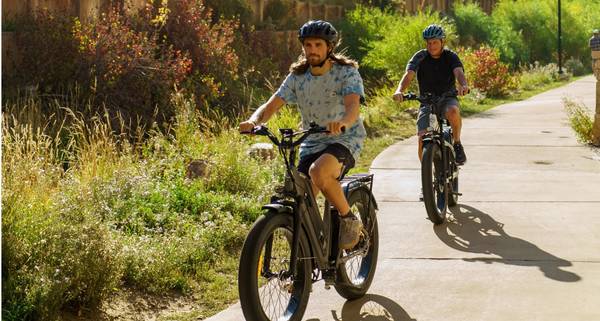

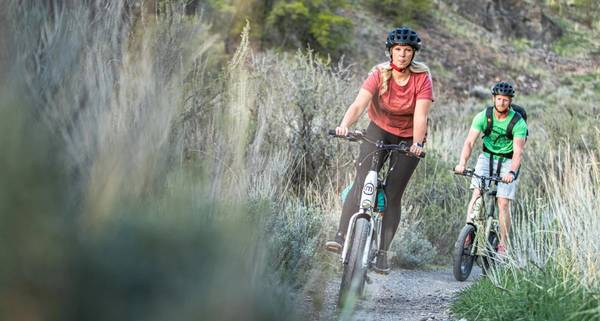

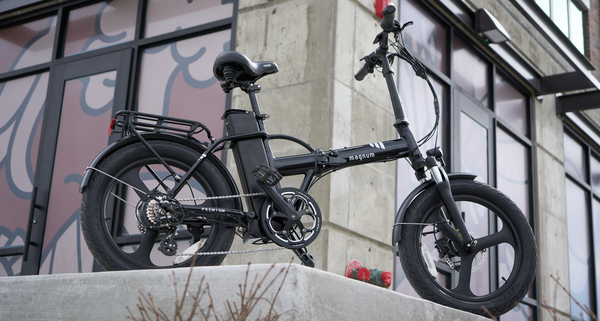



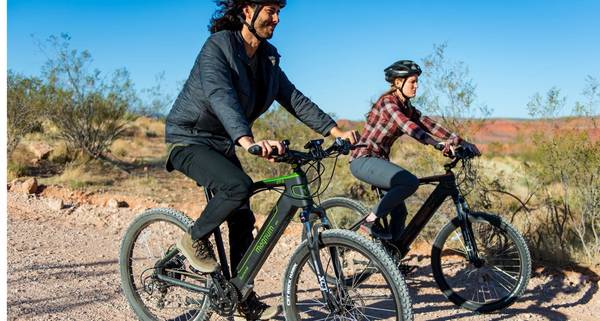



.png?v=1663096838789&options=w_600)
